The new Flight Training Center, designed by TAGO Architects for Turkish Airlines, will become the largest structure of its kind in Europe and the Middle East once completed. The 30,000-sm building will include 18 simulators and a variety of flight training departments for flight attendants, cabin, and flight training.
The building has been designed with the ability to be enlarged in the future depending on the needs of Turkish Airlines. The front of the building includes the training areas and a lounge while hangar sections and support units with a more technical function will be hidden at the rear of the building.
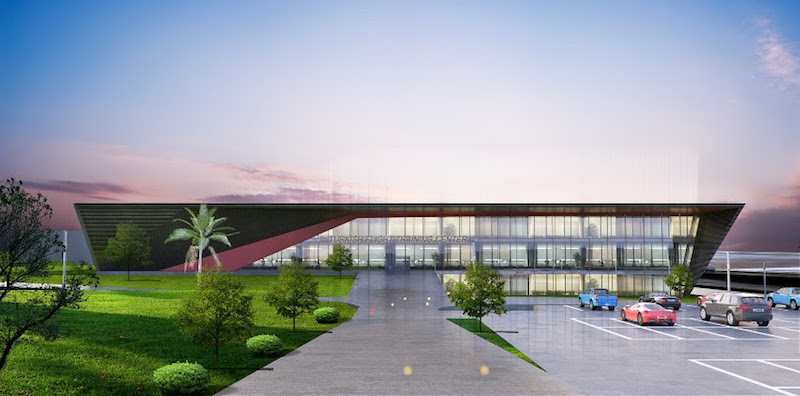 Rendering courtesy of TAGO Architects.
Rendering courtesy of TAGO Architects.
Through the use of perforated materials meant to resemble the wings of an aircraft and an amorphous, bottom-up design, the simulation center is meant to evoke the feeling of flight. Additionally, Turkish Airlines’ corporate identity is on display via the façade material and the colors in the transparent training units.
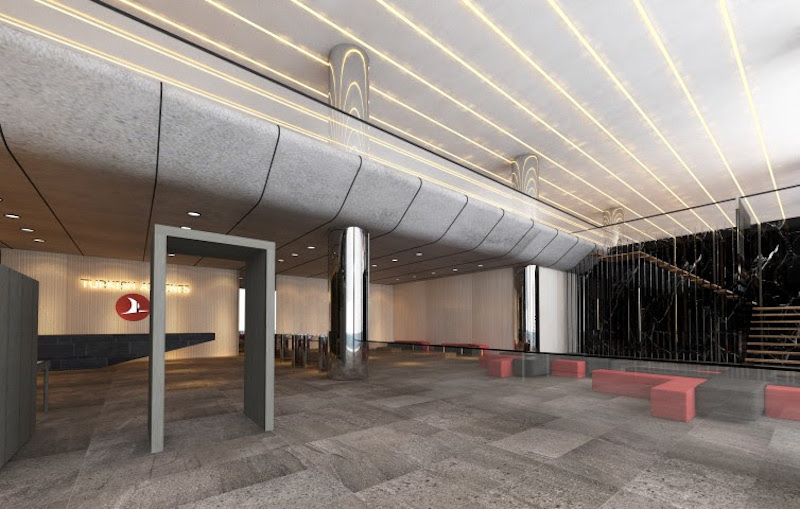 Rendering courtesy of TAGO Architects.
Rendering courtesy of TAGO Architects.
The building is located in a residential area and is expected to contribute to its economic development.
 Rendering courtesy of TAGO Architects.
Rendering courtesy of TAGO Architects.
Update
Work on the Turkish Flight Training Center has been completed. In addition to its importance as a training facility, Turkish Flight Training Center will also become an important educational tourism center in the area in the sense that it includes a great variety of flight training departments such as air hostess, cabin, and flight training centers. Below are photos of the completed project.
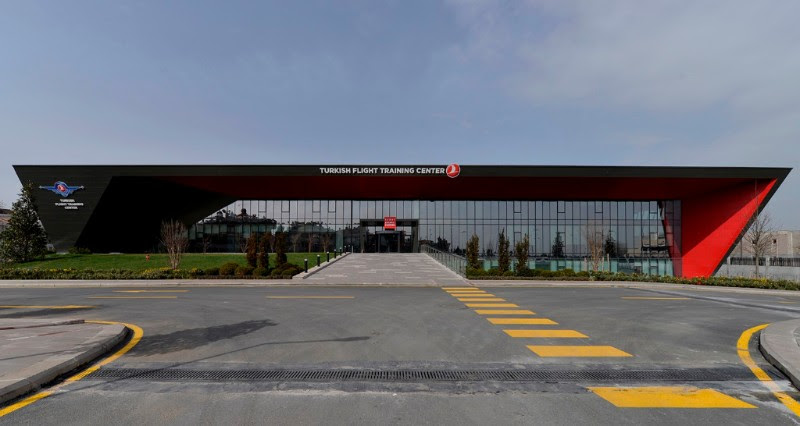
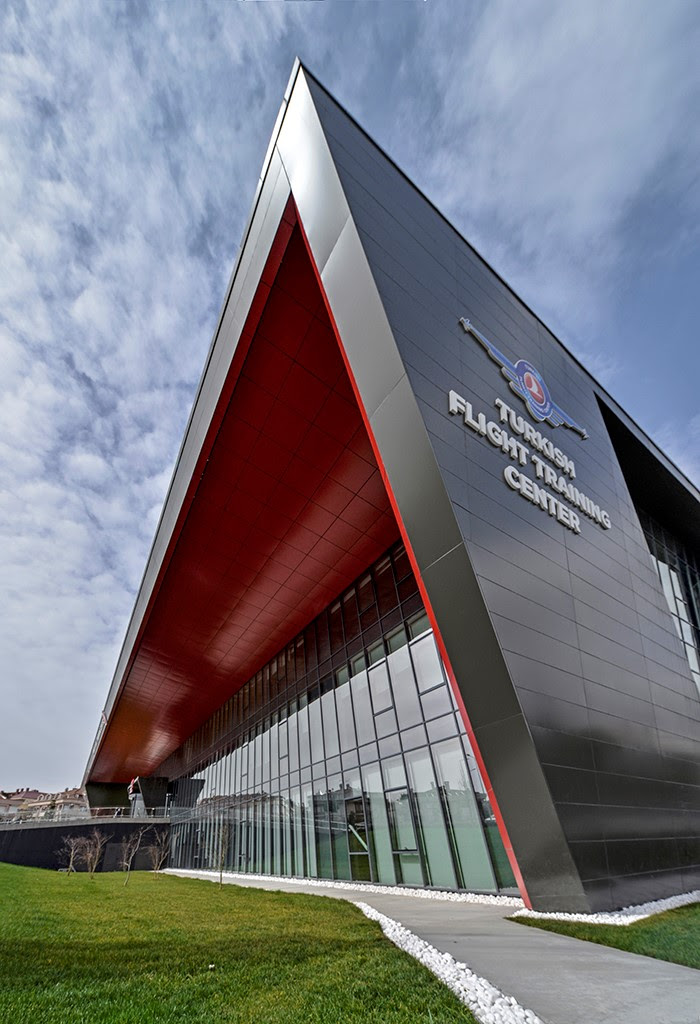
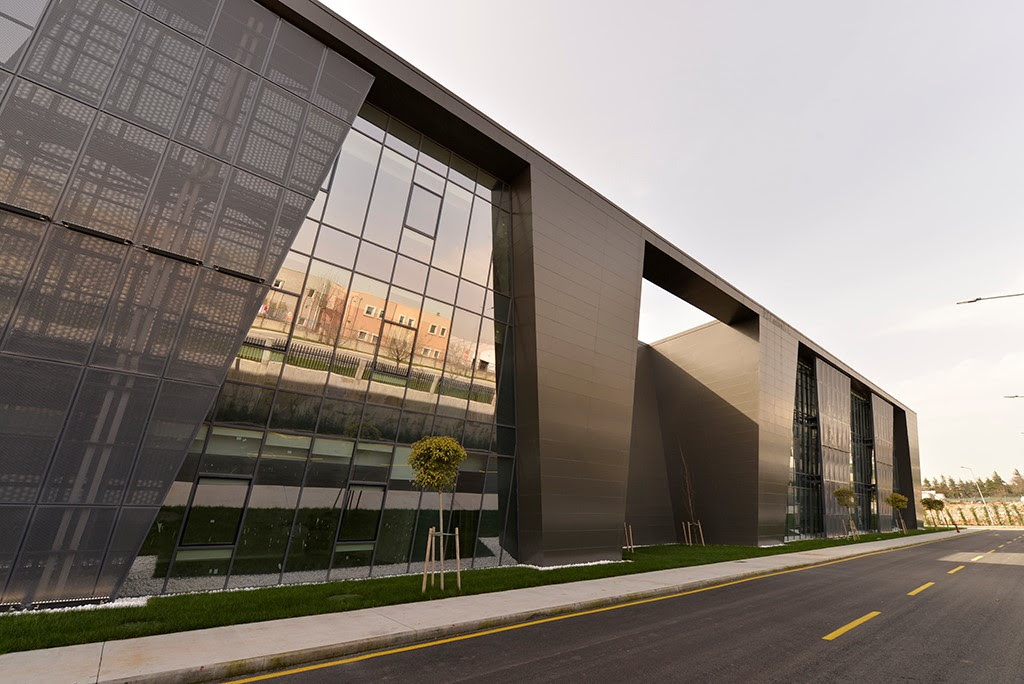
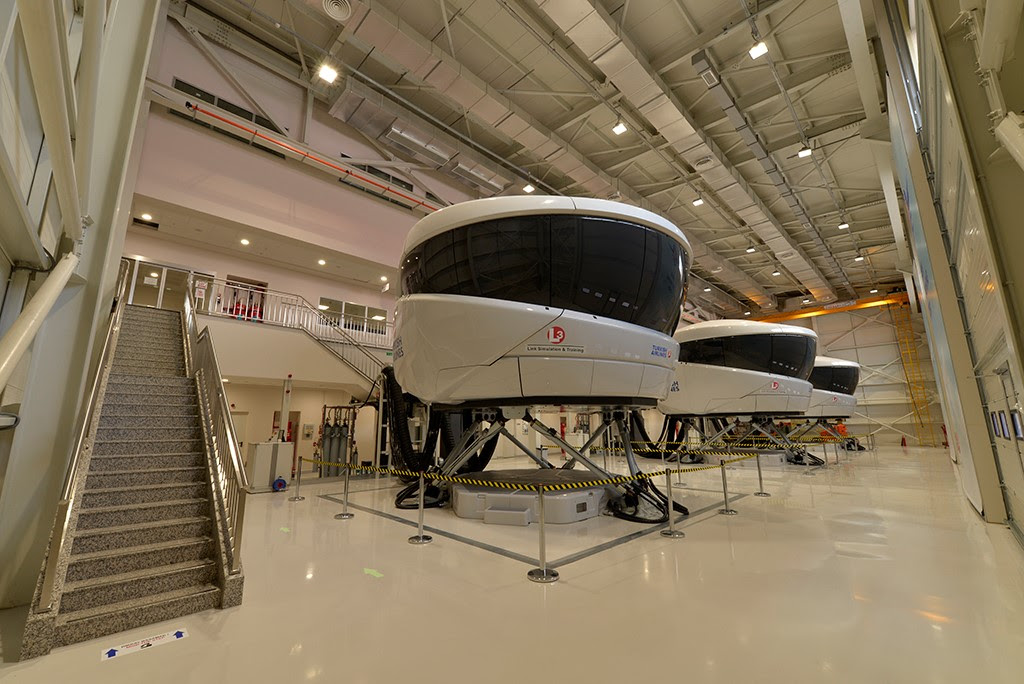
Related Stories
Office Buildings | Jan 26, 2015
Seattle gets a peek at Amazon’s latest plans for its downtown complex
The online retailer is seeking permits to build on a fourth city block that would include 835,200 sf of office space.
| Jan 14, 2015
10 change management practices that can ease workplace moves
No matter the level of complexity, workplace change can be a challenge for your client's employees. VOA's Angie Lee breaks down the process of moving offices as efficiently as possible, from creating a "change team" to hosting hard-hat tours.
| Jan 13, 2015
SOM-designed Broadgate Exchange House wins Twenty-five Year Award
Exchange House, an elegant 10-story office building that spans over the merging tracks of London’s Liverpool Street Station, is located in London’s Broadgate Development.
| Jan 9, 2015
10 surprising lessons Perkins+Will has learned about workplace projects
P+W's Janice Barnes shares some of most unexpected lessons from her firm's work on office design projects, including the importance of post-occupancy evaluations and having a cohesive transition strategy for workers.
| Jan 9, 2015
Technology and media tenants, not financial companies, fill up One World Trade Center
The financial sector has almost no presence in the new tower, with creative and media companies, such as magazine publisher Conde Nast, dominating the vast majority of leased space.
| Jan 8, 2015
The future of alternative work spaces: open-access markets, co-working, and in-between spaces
During the past five years, people have begun to actively seek out third places not just to get a day’s work done, but to develop businesses of a new kind and establish themselves as part of a real-time conversation of diverse entrepreneurs, writes Gensler's Shawn Gehle.
Smart Buildings | Jan 7, 2015
Best practices for urban infill development: Embrace the region's character, master the pedestrian experience
If an urban building isn’t grounded in the local region’s character, it will end up feeling generic and out-of-place. To do urban infill the right way, it’s essential to slow down and pay proper attention to the context of an urban environment, writes GS&P's Joe Bucher.
| Jan 6, 2015
Construction permits exceeded $2 billion in Minneapolis in 2014
Two major projects—a new stadium for the Minnesota Vikings NFL team and the city’s Downtown East redevelopment—accounted for about half of the total worth of the permits issued.
| Jan 2, 2015
Construction put in place enjoyed healthy gains in 2014
Construction consultant FMI foresees—with some caveats—continuing growth in the office, lodging, and manufacturing sectors. But funding uncertainties raise red flags in education and healthcare.
| Dec 28, 2014
Robots, drones, and printed buildings: The promise of automated construction
Building Teams across the globe are employing advanced robotics to simplify what is inherently a complex, messy process—construction.















